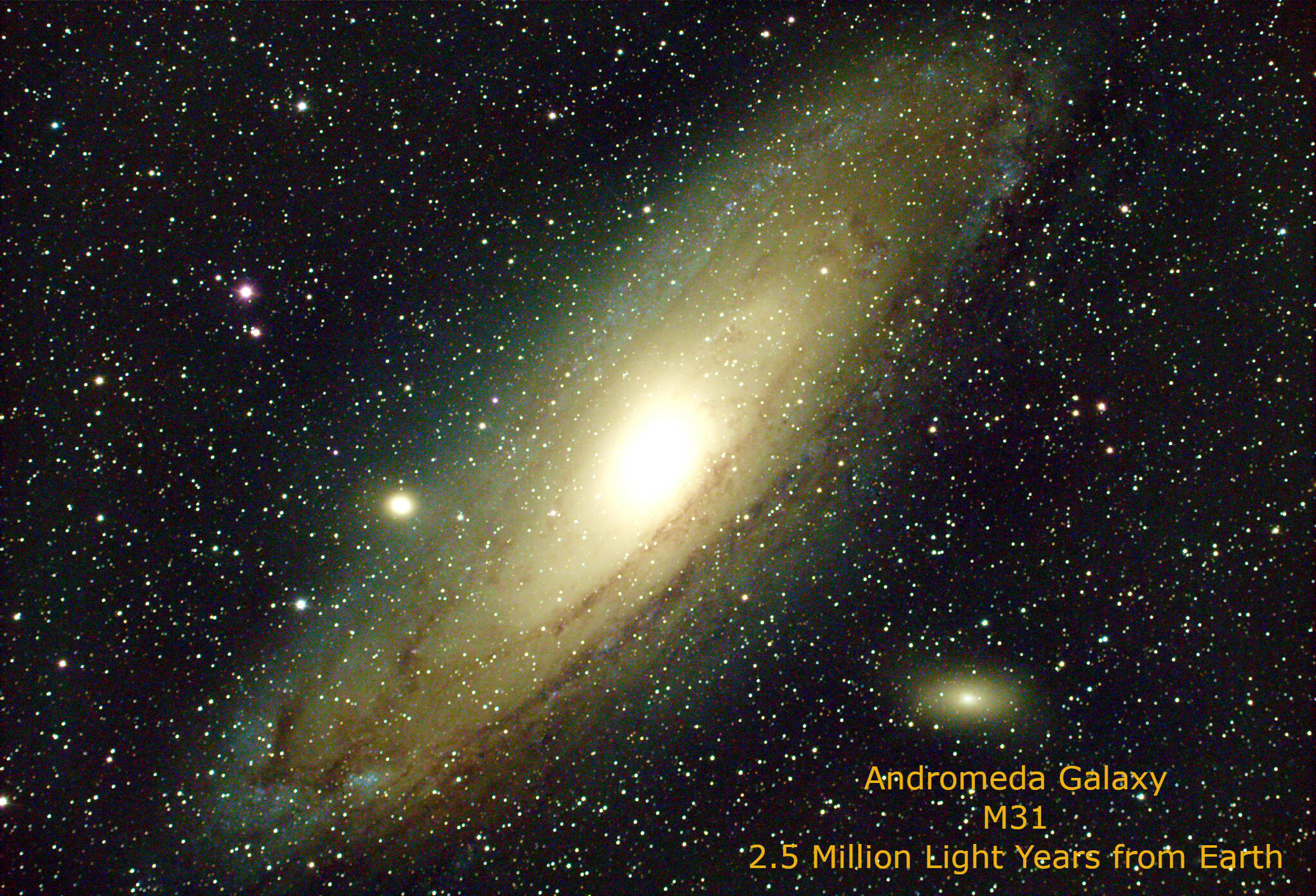Star gazers can explore the wonders of the night sky in Island County state parks this summer.
The Island County Astronomical Society of Washington is hosting four “star parties” on Aug. 26 at Rasar State Park in Skagit County, on Aug. 27 at Deception Pass State Park, on Sept. 2 at Fort Casey State Park and on Sept. 3 at Camano Island State Park.
The star parties are opportunities for amateur astronomers to come together, share telescopes and learn more about observable heavenly bodies.
The party attendees at Raser and Deception Pass parks will focus on observing what are known as deep sky objects, such as galaxies, planetary nebulas and star clusters.
For the parties at Fort Casey and Camano Island parks, there will be a first quarter moon that will be observed until it sets. First quarter moons are half-way illuminated from the point of view of earth dwellers.
Most deep sky objects cannot be observed when the moon is out unless they are very bright, according to Bob Scott, the president of the Island County Astronomical Society.
Scott said he started studying astronomy on his 50th birthday when he requested a telescope as a gift from his wife.
“Twenty-three years later I have a lot of telescopes,” he said.
He joined Island County Astronomical Society in order to learn more and interact with other people who love astronomy.
“First time you go out and look at Saturn or Jupiter, you’re hooked,” Scott said.
Vice President Tony Edwards also received a telescope from his wife as a gift, but it took the total eclipse that happened in 2017 to ignite his passion for astronomy. He wanted to photograph the eclipse and has since become an avid astrophotographer. He has a telescope that attaches to a camera to capture the brilliant far-away images.
Edwards said his love for astronomy is fueled by the fact that there is still so much to learn about the universe.
“It’s amazing how much there is to learn, how much is being discovered every day,” he said.
The Island County Astronomical Society meets once a month – virtually, since the pandemic. One benefit to no longer meeting in person is the club has retained members who have since moved elsewhere; there is a member in Missouri, a member in Oregon, a member in Wyoming and members in four counties in Washington.
The monthly meetings always include an educational portion where someone gives a lecture or covers basic astronomy topics for new members.
The star parties are a great way for newcomers who are interested in astronomy to dip their toes in and learn more about equipment.
“We bring as many members as we can with as many different kinds of telescopes as we own,” Scott said. “If you’re wanting to get into astronomy, it’s a good place to come and look at other telescopes.”
The club discourages people from buying a cheap telescope to get started.
“That usually ends your career in amateur astronomy,” Scott said. “It’s better to spend a little more money and buy a good telescope you can actually use.”
Members of the Island County Astronomical Society are able to check out two 8-inch telescopes — a computer aided Schmidt-Cassegrain and a manual Dobsonian — for six months or longer if no other member is requesting them.
As part of a national program, there are telescopes available to check out in all libraries in Skagit County. Scott plans to do the same thing for libraries in Island County with a 4.5-inch tabletop manual telescope that weighs about 14 pounds.
“A nice little starter scope,” Scott said.
Some libraries have more than one telescope because of the huge demand; one library even had a year-long waiting list. More information can be found at librarytelescope.org.
Anyone is welcome to attend the star parties, especially children.
“The more we can get kids interested in science, the better off the world’s going to be,” Scott said.
One of their most recent members is a high school student who is considering studying something astronomy-related in college.
“We would love to get those kinds of kids involved and active and work with them,” Edwards said. “Help them both now, as well as through their college careers.”
One of their young members eventually ended up getting her PhD in astrophysics and has since given lectures to the Island County Astronomical Society.
Celestial bodies that will be visible at the upcoming star parties include the constellation Cygnus the Swan and Albireo, the star at the head of the swan, which Scott described as a “beautiful double star.”
There will be a lot of globular and open star clusters around the Sagittarius constellation.
“The center of the Milky Way right now is very visible to us, especially if you’re talking about astrophotography,” Edwards said.
Cygnus will be directly overhead, which is the best place to view and take photos of stars since there is less atmosphere to look through. Saturn and Jupiter are also visible at a more reasonable hour this time of year. With a telescope, you may be able to view Saturn’s rings and even the gap in between rings.
For more details about the star parties, visit icas-wa.org/star-party.
There is no cost or registration required to attend. People do need to have a Discover Pass to enter the state parks. Anyone who wants to attend a virtual meeting can fill out a form at icas-wa.org.
Additionally, there is a star party sponsored by NASA called International Observe the Moon night from 6:30-9 p.m. on Saturday, Oct. 1 at the Seafarers Memorial Park in Anacortes.


